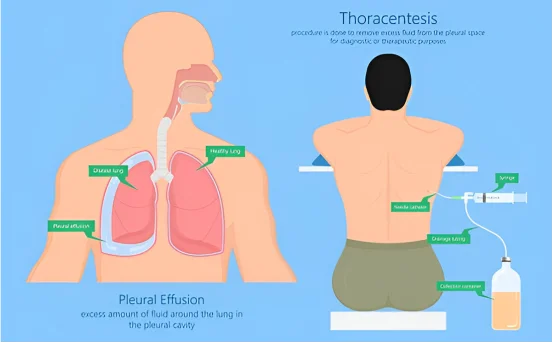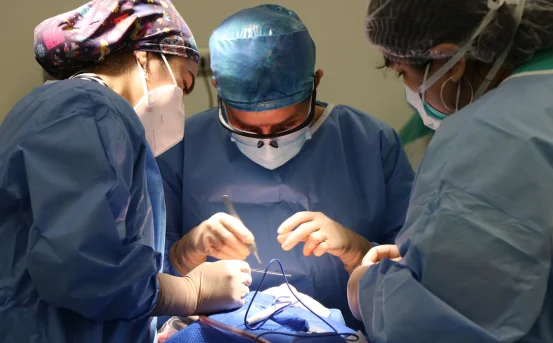Gastrostomy tube replacement is a flexible tube inserted directly into the stomach through a small incision in the abdominal wall. It allows for direct delivery of nutrition, hydration, and medications bypassing the mouth and esophagus entirely. G-tubes are especially helpful for patients with neurological disorders, swallowing difficulties (dysphagia), certain cancers, or congenital anomalies that prevent safe or sufficient oral intake.
Maintaining adequate nutrition is fundamental to overall health and healing. However, certain medical conditions can make it difficult or even impossible for individuals to eat or swallow food by mouth. In such situations, alternative feeding methods become essential. One of the most effective and commonly used solutions for long-term nutritional support is gastrostomy tube placement, often referred to as G-tube placement.
What Is Gastrostomy Tube Replacement?
A gastrostomy tube (G-tube) is a medical device inserted through the abdomen directly into the stomach to deliver nutrition, fluids, and medications. This long-term feeding solution supports individuals with chronic illnesses, neurological disorders, or surgical complications that impair normal eating.
There are different types of gastrostomy tubes, including balloon-retained and bumper-retained tubes, depending on the patient’s needs. G-tubes can be placed endoscopically, surgically, or radiologically.
Who Needs a Gastrostomy Tube?
Gastrostomy tubes are recommended for individuals who cannot meet their nutritional needs through oral intake alone. Common conditions that may necessitate G-tube placement include :-
-
Neurological disorders such as cerebral palsy, stroke, or ALS (amyotrophic lateral sclerosis)
-
Head, neck, or esophageal cancers
-
Severe developmental or swallowing disorders
-
Congenital anomalies affecting the mouth or esophagus
-
Conditions that result in prolonged unconsciousness or coma
In pediatric and geriatric care, G-tubes are often used to improve quality of life and prevent complications such as malnutrition and aspiration pneumonia.
How Is Gastrostomy Tube Placement Done?
Gastrostomy tube placement can be performed in three primary ways :-
-
Percutaneous Endoscopic Gastrostomy (PEG) :- This is the most common and minimally invasive method. The procedure involves inserting an endoscope through the mouth into the stomach while making a small incision in the abdominal wall. The tube is then guided into place with real time imaging.
-
Surgical Gastrostomy :- In cases where endoscopy is not suitable, surgical placement may be necessary. This could be done using traditional open surgery or laparoscopic techniques under general anesthesia.
-
Radiologic Gastrostomy :- Interventional radiologists can place a G-tube using X-ray or fluoroscopic guidance. This method is useful when endoscopy or surgery isn’t possible due to other medical conditions.
The choice of technique depends on the patient’s anatomy, medical history, and physician recommendation.
Preparation Before the Procedure
Prior to the procedure, the healthcare provider will evaluate the patient through :-
-
Physical examination
-
Blood tests
-
Imaging studies (if needed)
-
Medication adjustments (e.g., stopping blood thinners)
Patients are usually advised to fast for at least 6–8 hours before the procedure. Consent is obtained after discussing the benefits and potential risks.
What to Expect During the Procedure?
Gastrostomy tube placement typically takes about 30–45 minutes. In the case of a PEG procedure :-
-
The patient is sedated or given anesthesia.
-
An endoscope is inserted to visualize the stomach.
-
A small incision is made on the abdominal wall.
-
The feeding tube is inserted and secured in place.
The procedure is usually well tolerated and allows for same day or short stay hospital discharge in many cases.
Recovery and Aftercare
Post-procedure recovery is generally quick. Most patients can resume limited activity within a few days. However, complete healing around the insertion site may take 1 to 2 weeks.
Aftercare includes :-
-
Regular cleaning of the stoma site with mild soap and water
-
Monitoring for signs of infection like redness, swelling, or discharge
-
Flushing the tube with water before and after feedings or medications
-
Learning proper feeding techniques and formula use from a dietitian
Caregivers and patients are trained to manage the G-tube at home, which significantly reduces the need for frequent hospital visits.
Benefits of Gastrostomy Tube Placement
G-tube placement offers several advantages, especially for individuals with chronic or progressive conditions :-
-
Ensures adequate calorie, protein, and fluid intake
-
Reduces the risk of aspiration and respiratory infections
-
Improves energy levels and overall health
-
Offers a more comfortable alternative to nasogastric tubes for long-term use
-
Enables easier medication administration
For children and elderly individuals, G-tubes can improve developmental outcomes and quality of life by preventing malnutrition and dehydration.
Risks and Complications
Like all medical procedures, gastrostomy tube placement carries certain risks, though they are generally low when performed by experienced professionals.
Potential complications include :-
-
Local infection at the insertion site
-
Bleeding or leakage around the tube
-
Tube dislodgement or blockage
-
Stomach or bowel injury (rare)
-
Granulation tissue formation
Most complications are minor and can be managed with prompt medical care and proper hygiene practices.
When to Seek Medical Attention?
Patients and caregivers should watch for warning signs and seek medical attention if the following occur :-
-
Fever or chills
-
Persistent pain or swelling around the tube site
-
Blocked or dislodged tube
-
Unusual bleeding or discharge
-
Difficulty administering feeds or medications
Early intervention can prevent complications from worsening and ensure proper tube function.
Long Term Maintenance and Tube Replacement
Gastrostomy tubes require regular monitoring and maintenance. Depending on the type of tube, replacements may be needed every 3 to 6 months or annually.
Routine follow ups with a gastroenterologist or nutritionist ensure the tube is functioning correctly and nutritional needs are being met.
With proper care, many individuals can live comfortably and independently with a G-tube for months or even years.
Conclusion
Gastrostomy tube placement is a safe, effective, and life enhancing procedure for individuals unable to eat or swallow by mouth. Whether caused by chronic illness, neurological impairment, or surgical recovery, G-tubes ensure proper nutrition and improve patient outcomes.























